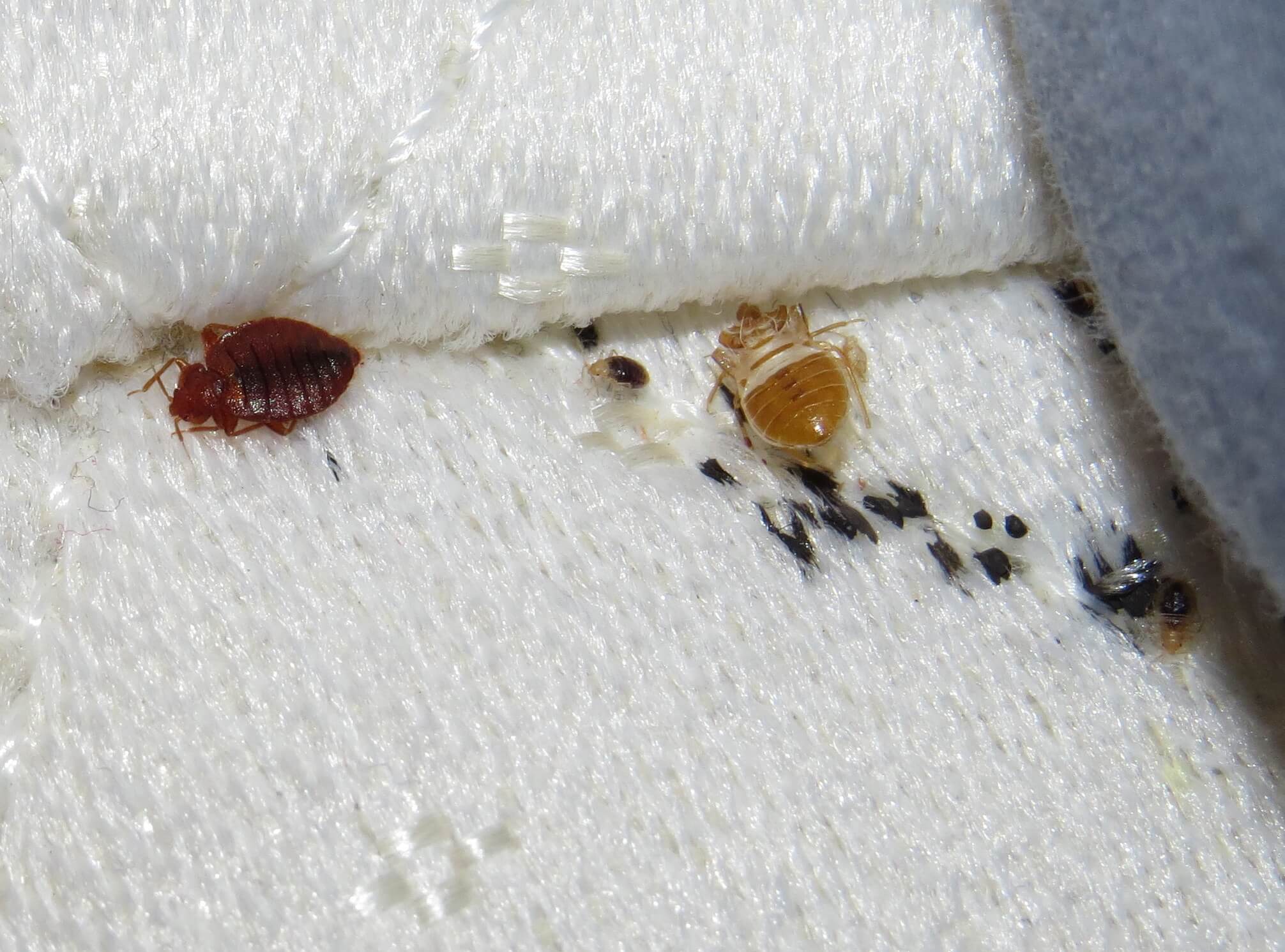The Ultimate Bed Pest Treatment Handbook: Specialist Insights and Recommendations
Within the realm of pest control, bed pests pose an one-of-a-kind difficulty with their elusive nature and durable presence. The mission for effective bed pest treatment approaches has caused a variety of suggestions and options, some even more dependable than others. In this manual, specialists in the field provide their insights and referrals based upon years of experience combating these relentless bugs. From recognizing bed insect habits to implementing prevention strategies and identifying invasions, this comprehensive guide intends to outfit visitors with the knowledge needed to tackle bed pest issues efficiently.

Understanding Bed Insect Actions
Understanding the complex behavior patterns of bed pests is essential for efficient parasite control methods. Bed insects, clinically called Cimex lectularius, are small, reddish-brown parasitic insects that eat the blood of humans and pets. These nocturnal bugs are proficient at hiding in fractures and crevices near their hosts' resting locations, making them testing to discover and eliminate.

Effective Avoidance Methods
To successfully combat the spread of bed pests, applying positive prevention approaches is extremely important in keeping a pest-free setting. One of the vital avoidance strategies is to on a regular basis check and clean locations where bed pests can conceal, such as bedding, furniture, and fractures in wall surfaces. Furthermore, reducing mess in living areas can decrease prospective hiding areas for these insects. Securing splits and gaps in walls, floorings, and furniture can also help stop bed pests from entering the properties. Making use of protective covers on mattresses and box springtimes can act as an obstacle versus bed pests. When buying used furnishings or garments, evaluating things extensively prior to bringing them right into the home is critical in avoiding bed bug problems. Additionally, exercising excellent health and reducing the danger of exposure to bed pests in public spaces can assist in prevention initiatives. By including these precautionary procedures right into routine home regimens, people can dramatically lower the possibility of bed bug infestations.
Identifying Bed Insect Problems
Upon going into a space thought of a bed insect infestation, one might notice small red or brown places on bedding or furniture, indicating the existence of these bugs. Bed pests usually web leave behind these obvious fecal stains as they prey on human blood during the evening. An additional usual indication of a bed bug infestation is the existence of molted exoskeletons lost by growing bed bugs. These exoskeletons are translucent and can be discovered near their concealing areas. In addition, bed insect bites on the skin, which look like red and itchy welts usually organized straight or cluster, may recommend an infestation.
A moldy smell in the area might also suggest the visibility of bed bugs, as these pests launch pheromones that cause a distinct odor. Evaluating splits and holes in furnishings, walls, and cushion seams may expose real bed insects, which are reddish-brown, oval-shaped bugs about the size of an apple seed. Recognizing these indicators is essential for early detection and reliable treatment of bed insect invasions.
Suggested Treatment Methods
Effective bed bug therapy techniques rely on a mix of comprehensive examination, targeted elimination, and preventive procedures to eliminate problems efficiently. The initial step in dealing with bed insects is a detailed examination to identify the level of the invasion - ez bed bug exterminator chicago. Usual methods consist of using insecticides, warmth click here to read treatments, or cold strategies to kill bed pests at all life stages.
Along with extermination, precautionary measures play a vital role in avoiding future problems. This includes routinely cleaning up and decluttering living rooms, sealing fractures and holes where bed bugs can hide, and utilizing cushion encasements to safeguard versus problems. By combining extensive examination, targeted extermination, and precautionary actions, individuals can efficiently fight bed insect problems and maintain a bed bug-free atmosphere.
Preserving a Bed Bug-Free Atmosphere
After executing efficient bed insect treatment methods, keeping a bed bug-free atmosphere needs regular vigilance and proactive procedures to protect against future infestations. Encasing mattresses and box springs with bed bug-proof covers can stop any kind of continuing to be bed pests from escaping or new ones from infesting. Sealing fractures and gaps in walls, furniture, and other prospective hiding areas can limit bed insect motion and stop invasions.
Final Thought
